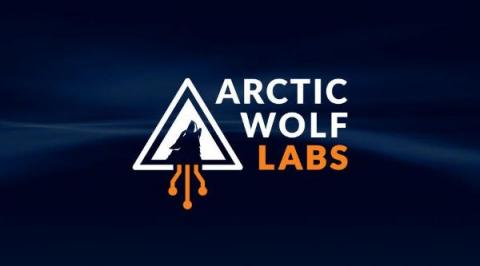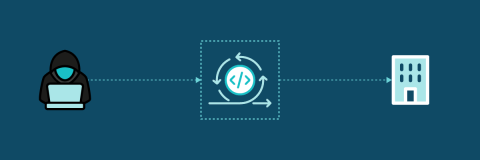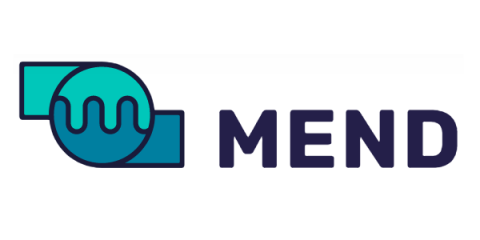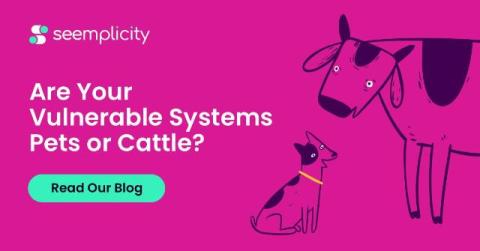New Year, New Ivanti Vulnerability
Welcome folks! It’s 2024 and we here at Bitsight are kicking off a series of short informative posts on events that caught our attention as cognition authorities1 each month. We’re excited to report on the interesting things Bitsight found.











